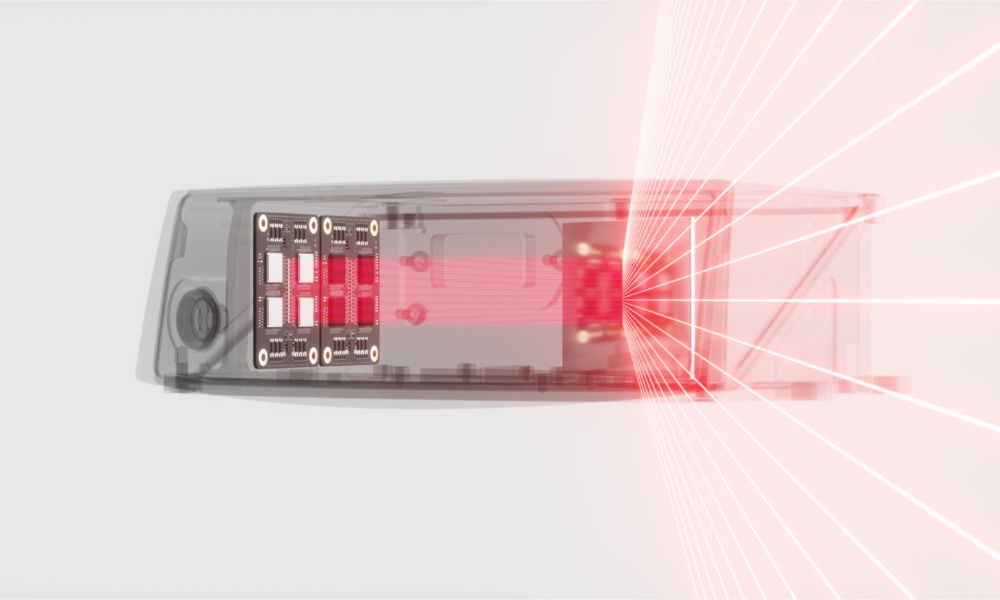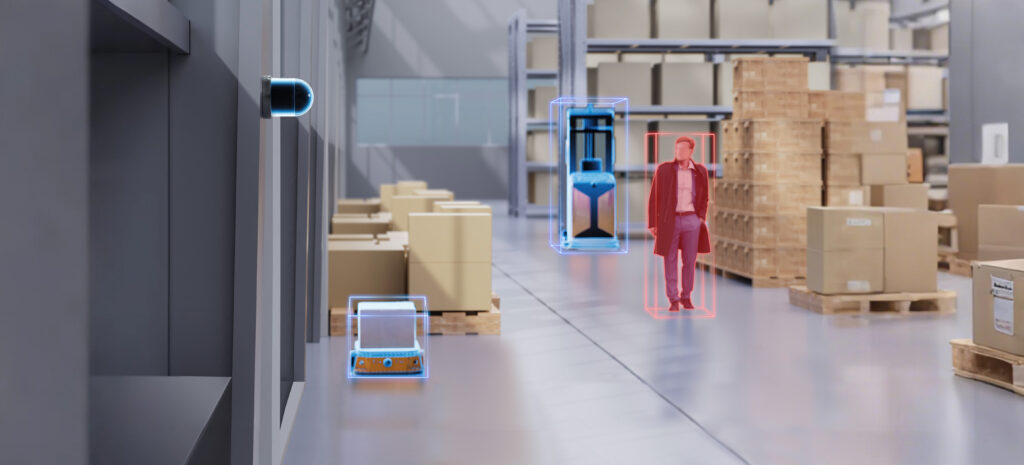

A vehicle’s Advanced Driver Assistance System (ADAS) makes driving safer and more comfortable thanks to a variety of features like blind spot monitoring, adaptive cruise control, lane centering, parking assist, and so much more. For these features to work, however, the vehicle needs a variety of sensors—including radar, sonar, cameras, GPS, and lidar—to monitor the surrounding area and ensure safe, responsible navigation. Explore the crucial technology behind modern automotive safety with this essential overview of the five types of ADAS sensors you should know about.
Cameras
Automotive companies first introduced cameras on vehicles with backup cameras, allowing drivers to clearly see what is behind their vehicles when they reverse. In today’s sophisticated ADAS systems, cameras play a much larger role in navigating the world around the vehicle. Camera sensors feed directly into the ADAS computer, which identifies different objects such as pedestrians, street signs, lane markings, and other vehicles. This information plays a fundamental role in features like lane centering, parking assist, and automated headlight activation and dimming.
GPS/GNSS
Most people are familiar with GPS, or Global Positioning System, which powers navigation in countless applications. GPS uses data from over 30 satellites around the planet to determine a user’s position. However, GPS is just one of many satellite constellations circling the globe. Other countries and regions use different constellations—such as Europe’s Galileo or Japan’s QZSS—to provide navigational data.
Modern vehicle safety requires even more precise positioning than traditional GPS. GNSS (Global Navigation Satellite System) draws data from multiple satellite constellations, allowing it to operate with greater accuracy and precision. Using GNSS, ADAS more accurately determines a vehicle’s location and orientation.
Radar
Radar (radio detecting and ranging) systems use radio waves to detect surrounding objects. The radio waves bounce off nearby surfaces and reflects back to the sensor, which then calculates the distance between the car and the object in question. As such, radar is a crucial technology in obstacle detection and collision avoidance. Radar helps power ADAS features like blind spot monitoring, pedestrian detection, adaptive cruise control, and parking assist.
Sonar
Sonar (sound detecting and ranging) sensors work similarly to radar, but they use sound waves instead of radio waves. Unlike radio or light waves, sound waves use air as a medium. For this reason, sonar works best at low speeds when the air around the car is still or moving slowly. Sonar is an effective solution for backup detection, self-parking sensors, and other parking assist features.
Lidar
Lidar (light detection and ranging) systems operate in the same way as sonar and radar, but they use light waves in the form of lasers. One of lidar’s greatest advantages is its extreme precision. Lidar sensors can detect and identify smaller details, such as small animals, deteriorated road markings, and uneven terrain, better than other types of ADAS sensors. The comprehensive, detailed vision of lidar makes it ideal for all kinds of ADAS features, including blind spot monitoring, obstacle detection, adaptive cruise control, automated lane centering or marking, and more.
Interested in learning more about ADAS lidar technology? Visit Hesai Technology or contact our team today to explore our work in modern lidar applications.



